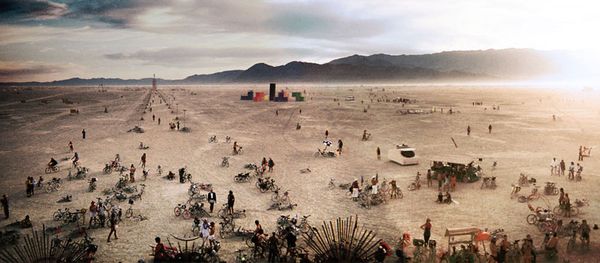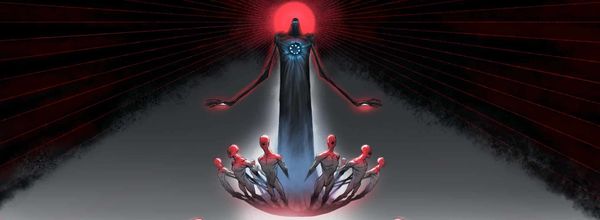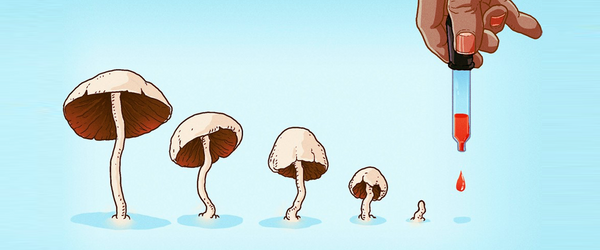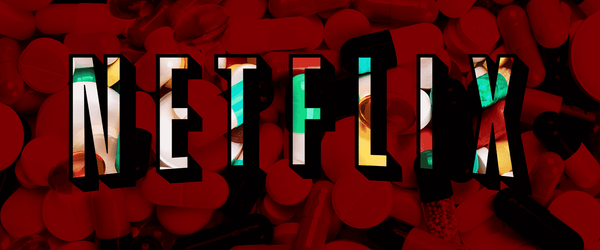Martijn Schirp • • 2 min read
Cutting Edge Law in New Zealand Can Mean The Beginning Of Cognitive Liberty and Kickstart the Psychedelic Renaissance

A recently passed law in New Zealand opens up the possibility of legalizing and regulating designer drugs. Politicians are trying to control the new substances that are flooding the market. Every time a compound is made illegal, they say, underground chemists just tinker around and transform it to create a slightly different compound that is still legal. Drug agencies call it the ‘Hydra Battle’ since they can’t keep up with the growth of novel psychoactives.
The Psychoactive Substances Bill came into being to see if a different approach has better results. This cutting edge law is a complete novel response to the usage of drugs – a change from prohibition to regulation. This U-turn in drug policy opens the door for completely new legal drugs that can be regulated in the same manner as tobacco and alcohol. Prohibition has failed and now New Zealand will try to outcompete the illegal market with a legal one – giving people a non-decriminalized way to transcend normal consciousness. Though the new drugs will come with a warning and will only be sold to individuals over 18 years. Advertising will be limited.
Cognitive Liberty
The right to alter consciousness, a logical extension of freedom of thought and self-ownership, has long been prevented with unjustified drug laws that were a result of fear mongering in the sixties. With this new law many substances can become legal if they prove to be free of negative side effects like seizures and addictions.
This comes at a time that increasing evidence shows that many psychedelic substances are not only non-harmful – they can actually have amazing beneficial effects. Substances like MDMA and ayahuasca should thus, according to the same reasoning, be perfectly legal.
What About Big Pharma?
There is no doubt that big pharma will push its agenda to create a consumer culture around these products. The tendency for the market to skew towards drugs that harness the largest profits will clearly be felt. Only big suppliers will be able to cross the hurdles to get their drug approved while their safer counterparts – like marijuana – stay illegal, in turn fueling the desire for alternatives.
This new law, however, will be the first of its kind to address the root of the problem – prohibition. Even while it is not a complete redesign of the current destructive laws still in place, it offers a novel alternative which can lead to legalization of healthy psychoactives like Ayahuasca and Ibogaine. There is finally room for discussion and evidence – the beginning of conscious law making.
What Lies in the Future?
The sixties offer the only case study of what forms of culture can materialize once these tools become available to the collective consciousness. The sexual freedom we enjoy today is a direct descendant of their demand for a more inclusive form of cognitive liberty. This period indicates that the psychedelic experience of oneness and interconnectedness can win in the battle of attention which could very well lead to the opening we need to get rid of our consumer shackles.
Burning Man and Boom festival are prototypes of new ways of gathering and communion. With the legalization of certain types of consciousness the possibility of an archaic revival is a possibility.
New therapeutic forms of healing, currently practiced underground, will be able to gain momentum. Now still stigmatized, pathologized and criminalized, people with extensive knowledge are pushed to the edges of society removing all possibility for the proper context and guidance these powerful mind-altering substances require. When legal, experts in these fields can proliferate themselves and heal people with the age-old medicines like the mushrooms, ayahuasca and ibogaine.
Culture at its fundamental level is again able to transform.
Original photo by Kelsey Winterkorn










